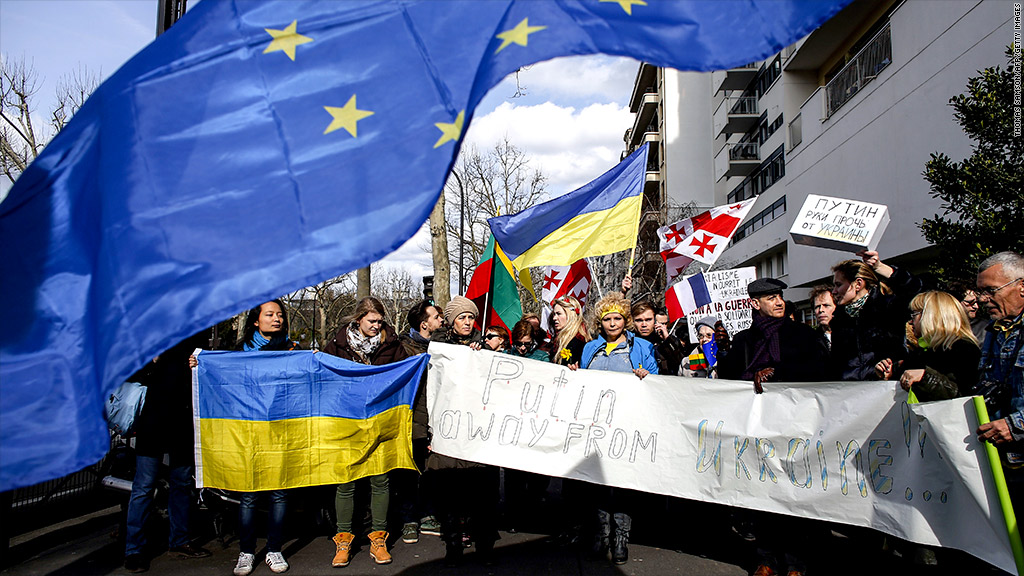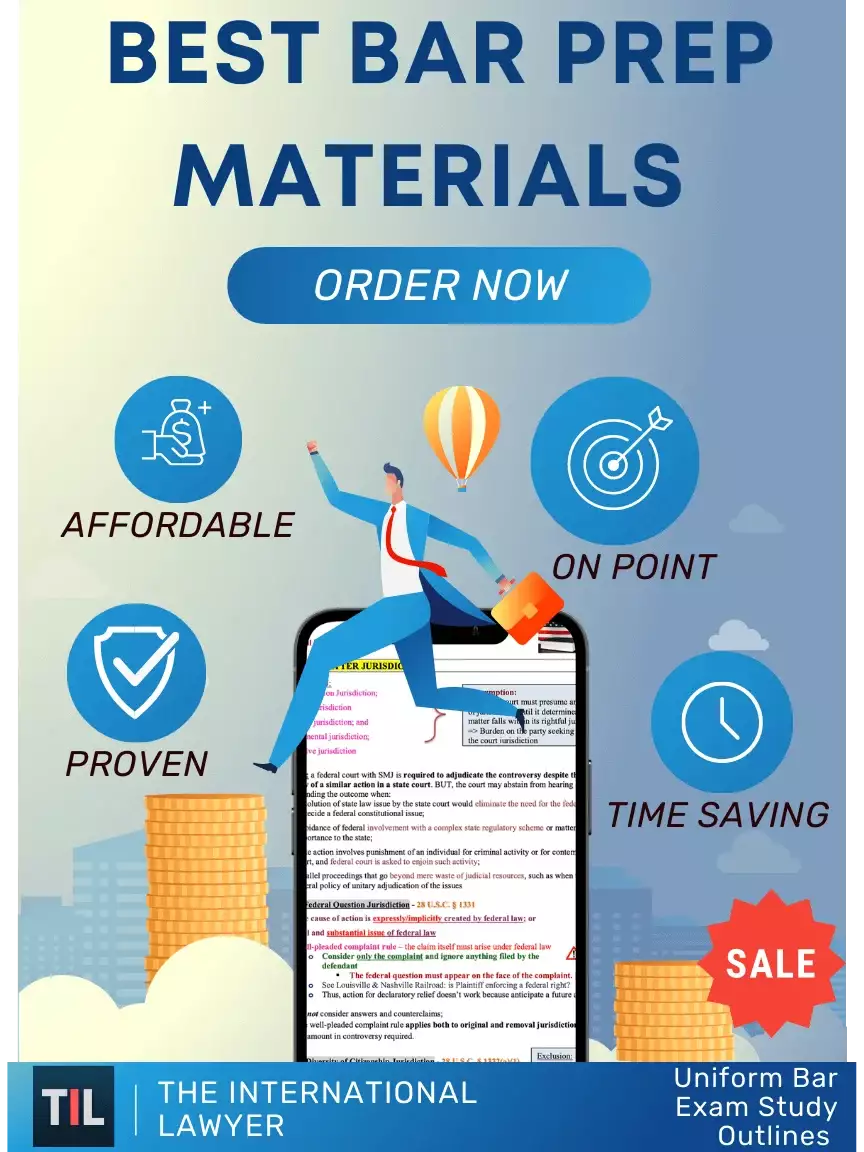EU Frozen Assets Russia: The European Union is expected to move a step closer this week to seizing some of the money that has been building up on around $280 billion worth of Russian assets frozen by the West since Moscow’s invasion of Ukraine in February 2022. If approved by all EU members, the coalition would put in place a windfall tax on profits made by the reserves. That would be enough to provide an estimated $3.3 billion each year to purchase weaponry for Kyiv, starting in July, Bloomberg reported. (Source: Reuters).
The freezing of assets
The freezing of assets is a common tool used by governments and international organizations to impose sanctions on individuals, entities, or countries involved in illegal activities or violations of international law. In the case of Russia, the EU and other Western nations have imposed sanctions in response to its annexation of Crimea, involvement in the conflict in Eastern Ukraine, and human rights abuses.
Here’s how freezing assets as a sanction by the EU typically works:
- Designation of Targets: The EU identifies individuals, entities, or countries deemed responsible for engaging in prohibited activities, such as terrorism, human rights abuses, proliferation of weapons of mass destruction, or aggression against other states. These targets are designated through legal instruments, such as regulations or decisions adopted by the EU Council.
- Asset Freeze Measures: Once designated, the EU imposes measures to freeze the assets of the targeted individuals, entities, or countries within the jurisdiction of EU member states. This includes bank accounts, financial assets, real estate holdings, and other forms of property or wealth. The freeze prevents the designated parties from accessing, transferring, or disposing of their assets, effectively immobilizing them within the EU.
- Legal Framework: Asset freezing measures are implemented through EU regulations, which are binding legal acts applicable in all EU member states. These regulations establish the legal framework for imposing sanctions, specifying the criteria for designation, the scope of asset freeze measures, and the procedures for enforcement and review.
- Notification and Compliance: EU member states are required to implement asset freeze measures in accordance with the relevant EU regulations. They are responsible for notifying financial institutions, businesses, and other relevant entities within their jurisdiction about the asset freeze and ensuring compliance with the sanctions regime. Failure to comply with asset freeze measures can result in legal penalties and enforcement actions.
- Review and Renewal: Asset freeze measures imposed by the EU are subject to regular review and renewal to assess their effectiveness, relevance, and compliance with international obligations. The EU Council periodically evaluates the situation, considers new information or developments, and decides whether to extend, modify, or lift asset freeze measures based on the prevailing circumstances.
Overall, freezing assets as a sanction by the EU serves as a powerful tool for deterring illicit activities, promoting compliance with international norms, and protecting the interests of EU member states and the broader international community. It reflects the EU’s commitment to upholding the rule of law, defending human rights, and maintaining peace and security in the face of threats and challenges.
However, while frozen assets serve as a potent symbol of international condemnation, their practical utility is often limited by legal constraints and diplomatic considerations. The question of whether and how the EU can lawfully access and utilize these assets for the benefit of Ukraine raises complex legal issues at the intersection of international law, EU law, and the laws governing frozen assets.
The Freeze and Seize Task Force
The Freeze and Seize Task Force was set up in March 2022, soon after the start of the Russian aggression, to help ensure the full and effective enforcement of EU sanctions against Russian and Belarussian individuals and entities listed. Run by the Commission, the Task Force allows Member States as well as EU Agencies, Eurojust and Europol, to work together on identifying, freezing and,where possible, confiscating Russian assets. The Task Force works in four work streams: assets freezes and reporting; exchange of best practices on criminal investigations and confiscation; the creation of a common fund for the benefit of Ukraine; and tax enforcement. These groups are composed of the European Commission services, national experts and European Agencies, and are often joined by international partners invited to the meetings.
What assets are in question?
After Russia’s full-scale invasion of Ukraine in February 2022, Western countries froze nearly half of Moscow’s foreign reserves — some €300 billion ($327 billion). Around €200 billion ($218 billion) sits in the EU — mostly at Euroclear, a financial institution that keeps assets safe for banks, exchanges and investors. When those assets mature — reach their final payout days — they are converted into cash, which is then normally reinvested by Euroclear on behalf of the owner, in this case Russia’s central bank. Last month, the group said it had earned €5.2 billion ($5.6 billion) in interest on income generated by sanctioned Russian assets since they were frozen by EU and Group of Seven countries in 2022.
EU Frozen Assets Russia: Legal challenges
The EU’s proposal to redirect frozen Russian assets for Ukraine raises several legal challenges and implications that must be carefully considered. These include potential conflicts with the principle of sovereign immunity, questions regarding the legality of expropriating private property for state purposes, and concerns about compliance with international legal obligations and treaty commitments. Additionally, there may be practical challenges associated with identifying and accessing frozen assets, as well as ensuring transparency and accountability in the use of redirected funds.
One of the key legal considerations in the proposed use of frozen assets is the principle of sovereign immunity, which grants states immunity from the jurisdiction of foreign courts and prevents the attachment or seizure of their assets. While sovereign immunity is a fundamental principle of international law, it is not absolute and may be subject to exceptions, such as in cases involving commercial activities or violations of international law.
Legal options for the use of Russian state assets to support the reconstruction of Ukraine
Some policymakers and lawyers say the Russian reserves could be confiscated in full under a doctrine of international law known as “countermeasures”. The assets could then be sold or collateralised and proceeds handed to Ukraine, or to a dedicated reconstruction fund.
Under the doctrine of countermeasures, a state that has been injured by an internationally wrongful act may take an action that would otherwise be unlawful (the countermeasure) against the state that committed the wrongful act in order to induce that state to comply with its legal obligations. The Articles on the Responsibility of States for Internationally Wrongful Acts (ARSIWA),”are considered by courts and commentators to be in whole or in large part an accurate codification of the customary international law of state responsibility“.
Others, including European countries and the European Central Bank, say this would go against international norm and could be challenged by Moscow in courts because there is no legal way to confiscate sovereign assets.
“Reparation bonds” have also been suggested as a way of circumventing some legal problems. Ukraine would sell securities that pay out only if it receives war reparations from Russia.
EU Frozen Assets Russia: Rebuilding Ukraine
The EU and its allies are determined to make Russia foot part of the colossal bill for rebuilding Ukraine, which official figures published by the Commission in February estimated at $486 billion over the next decade. Ukrainian authorities estimate the country will need around $15 billion this year alone to rebuild energy and transport infrastructure, as well as housing, among other priorities.
Separately, the EU agreed a €5 billion ($5.5 billion) top-up of the European Peace Facility Monday, which will be ringfenced in a dedicated Ukraine Assistance Fund that will also support the country’s military needs.
Keywords: EU Frozen Assets Russia




